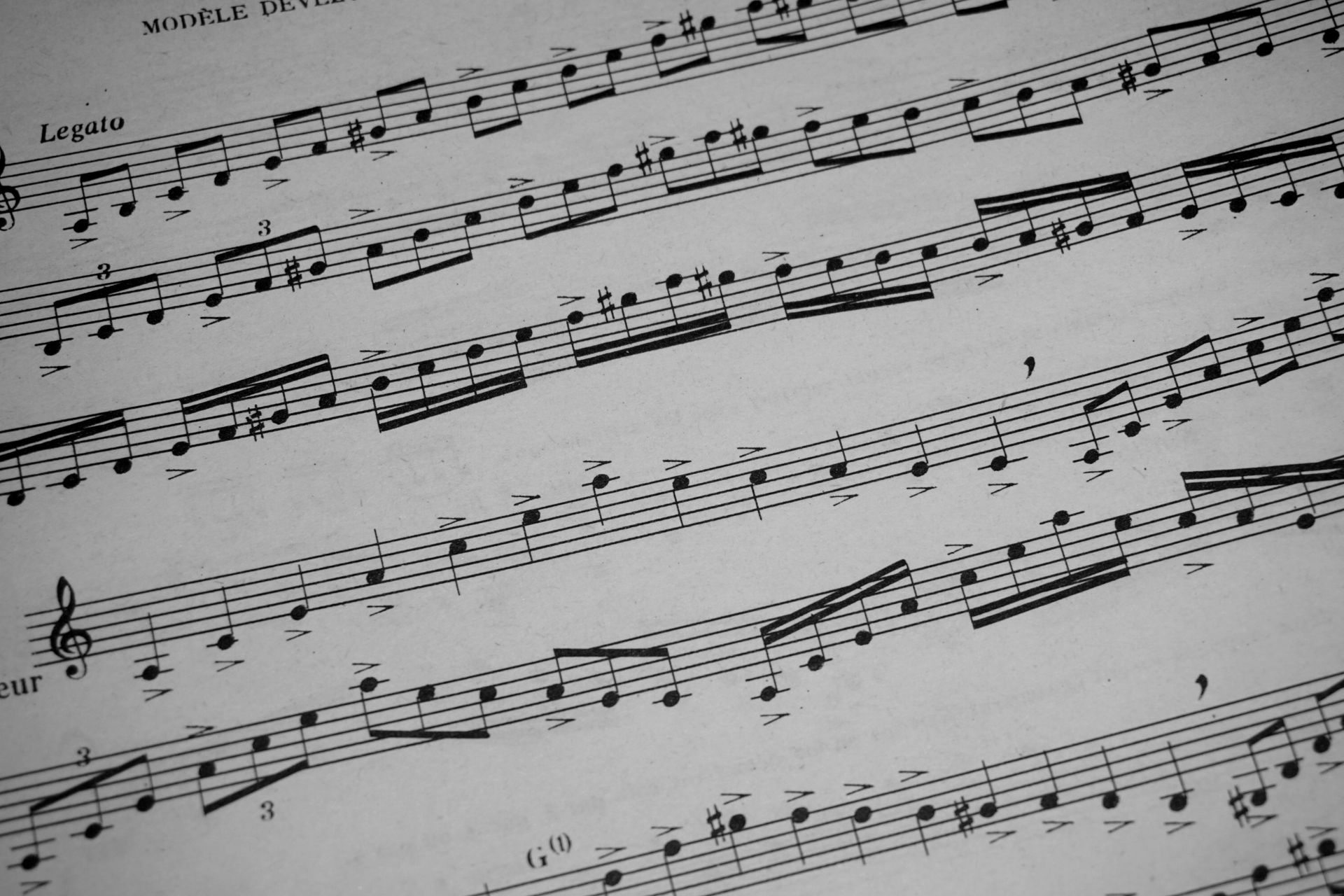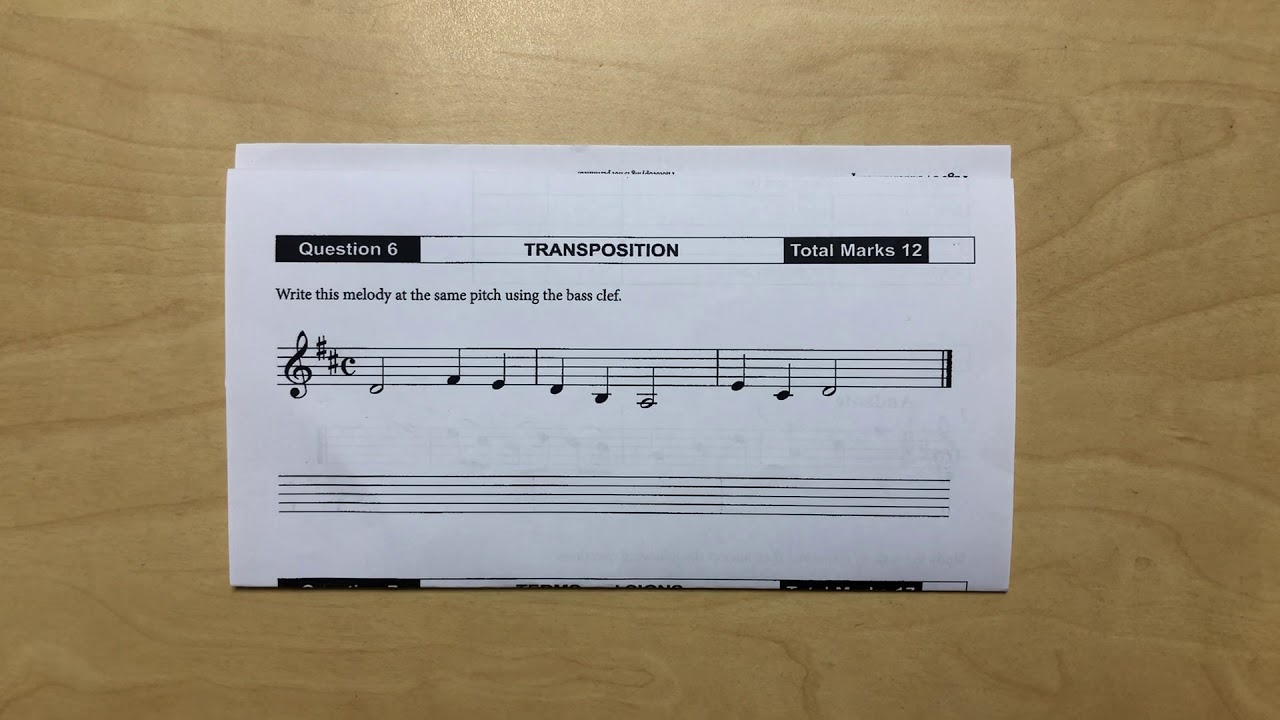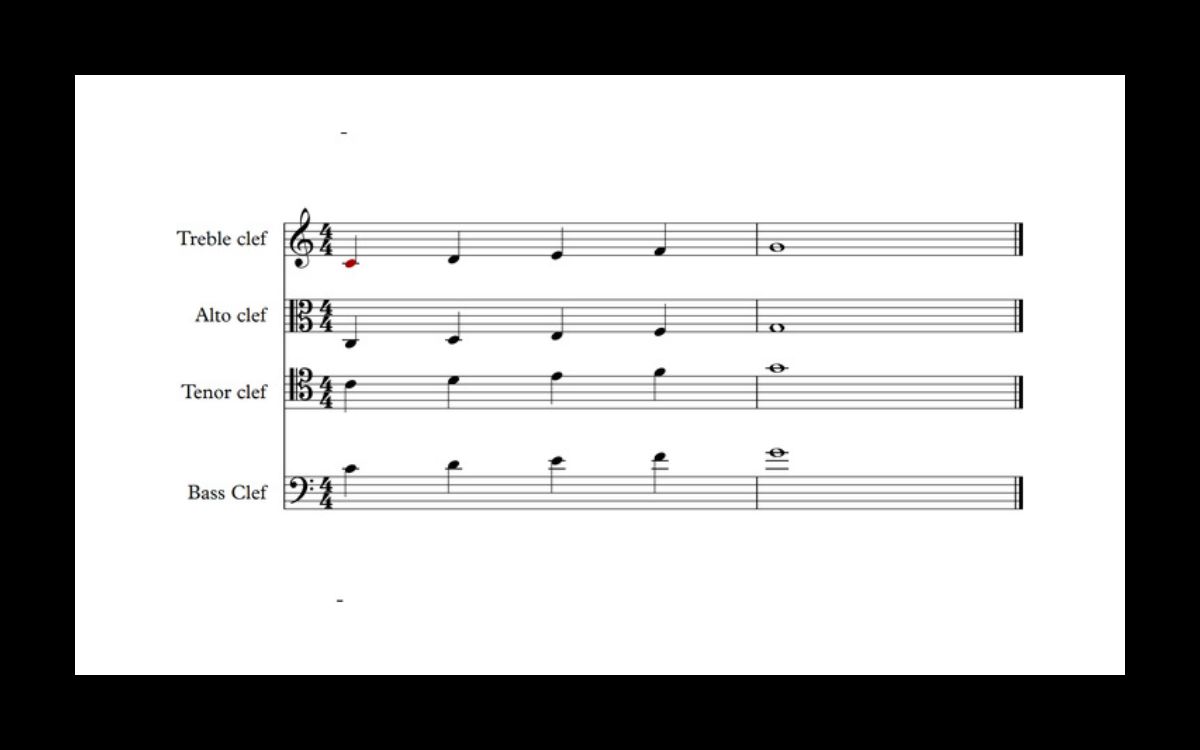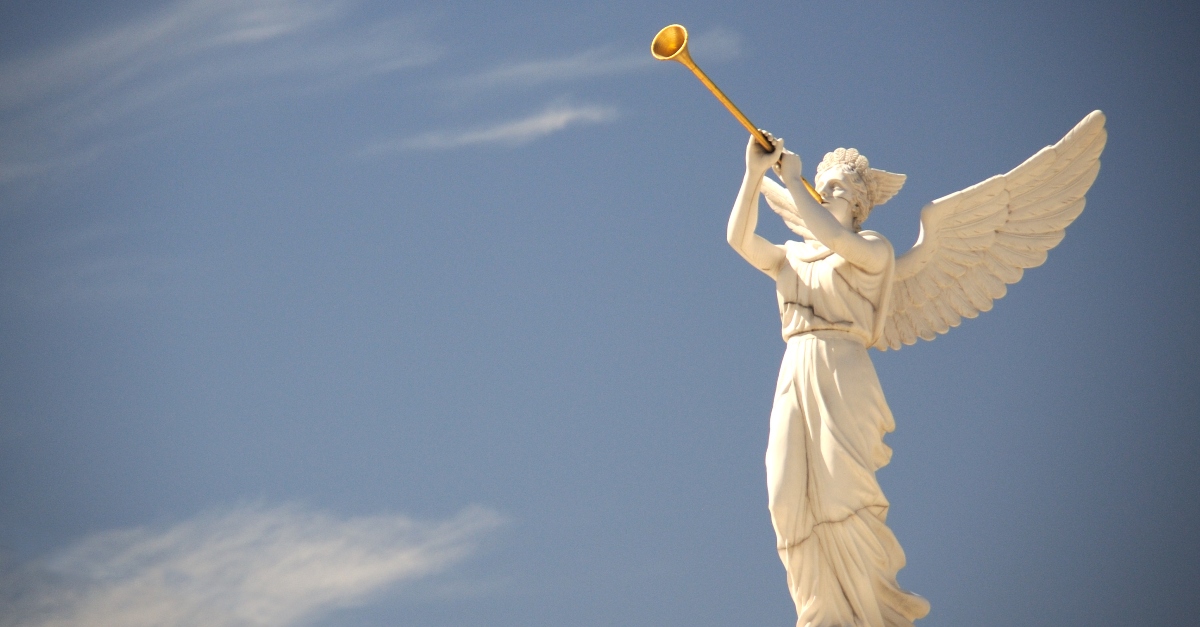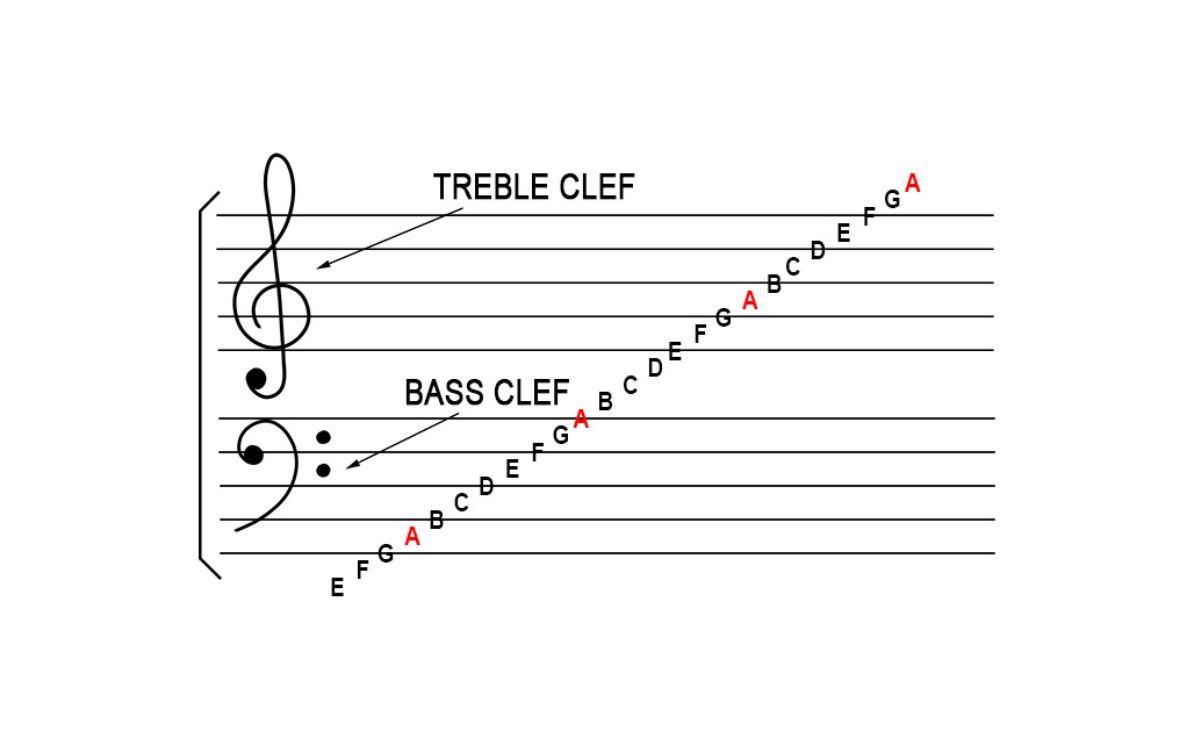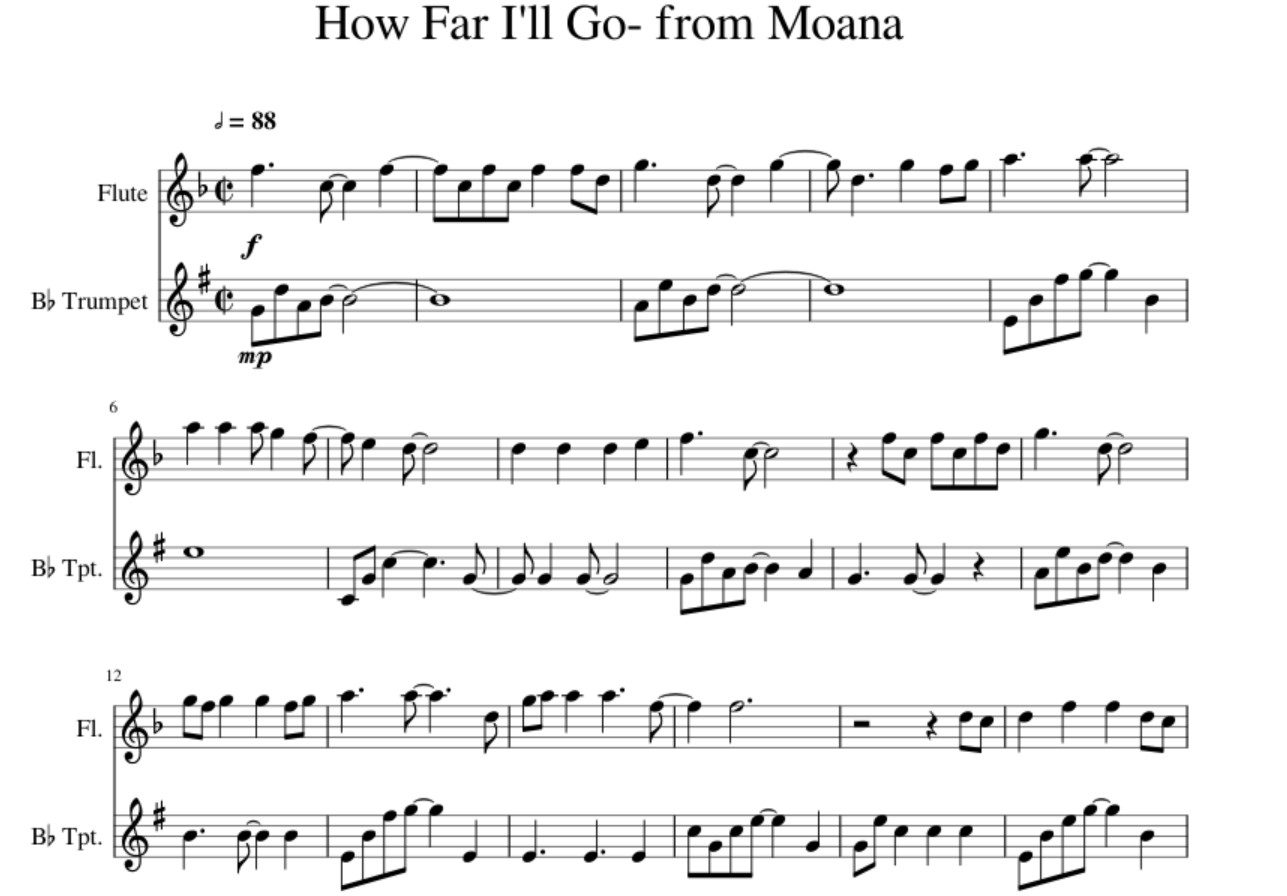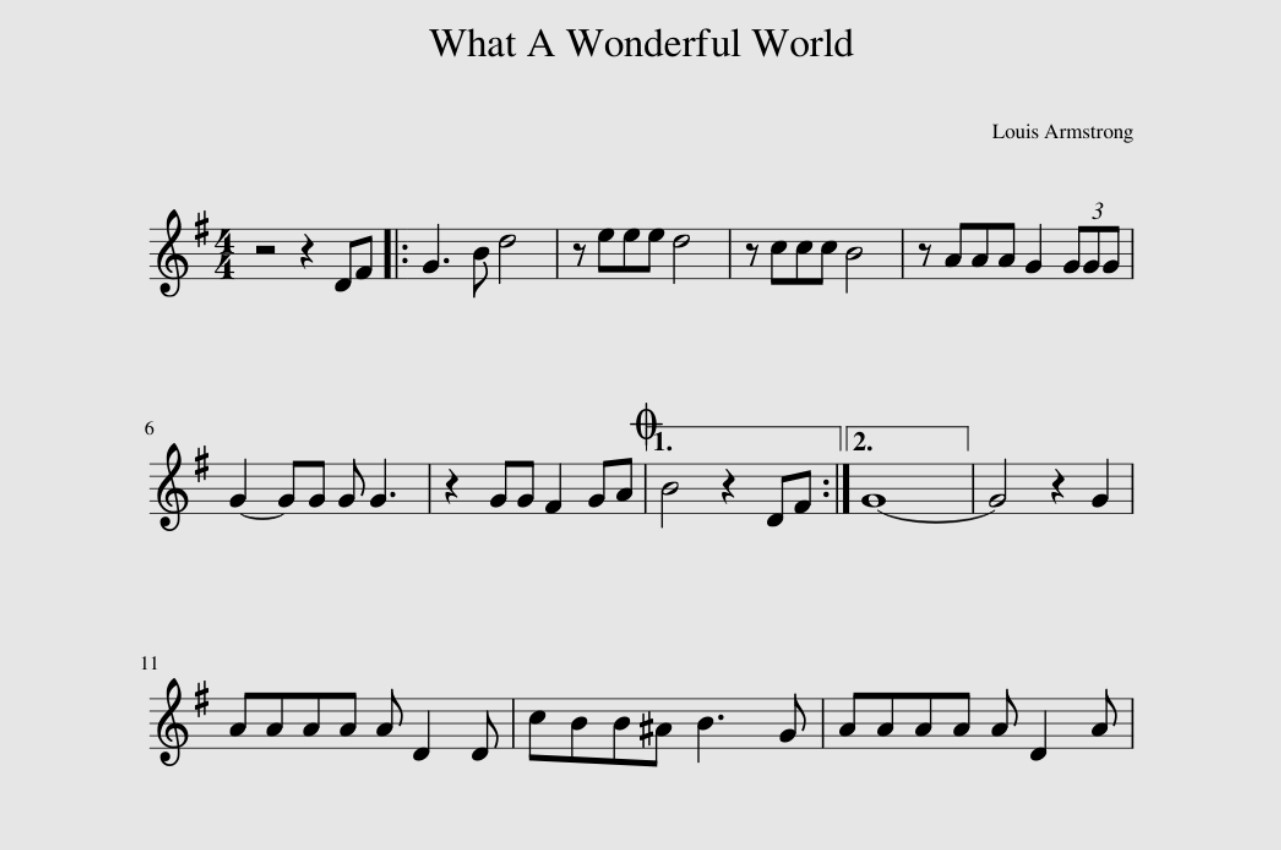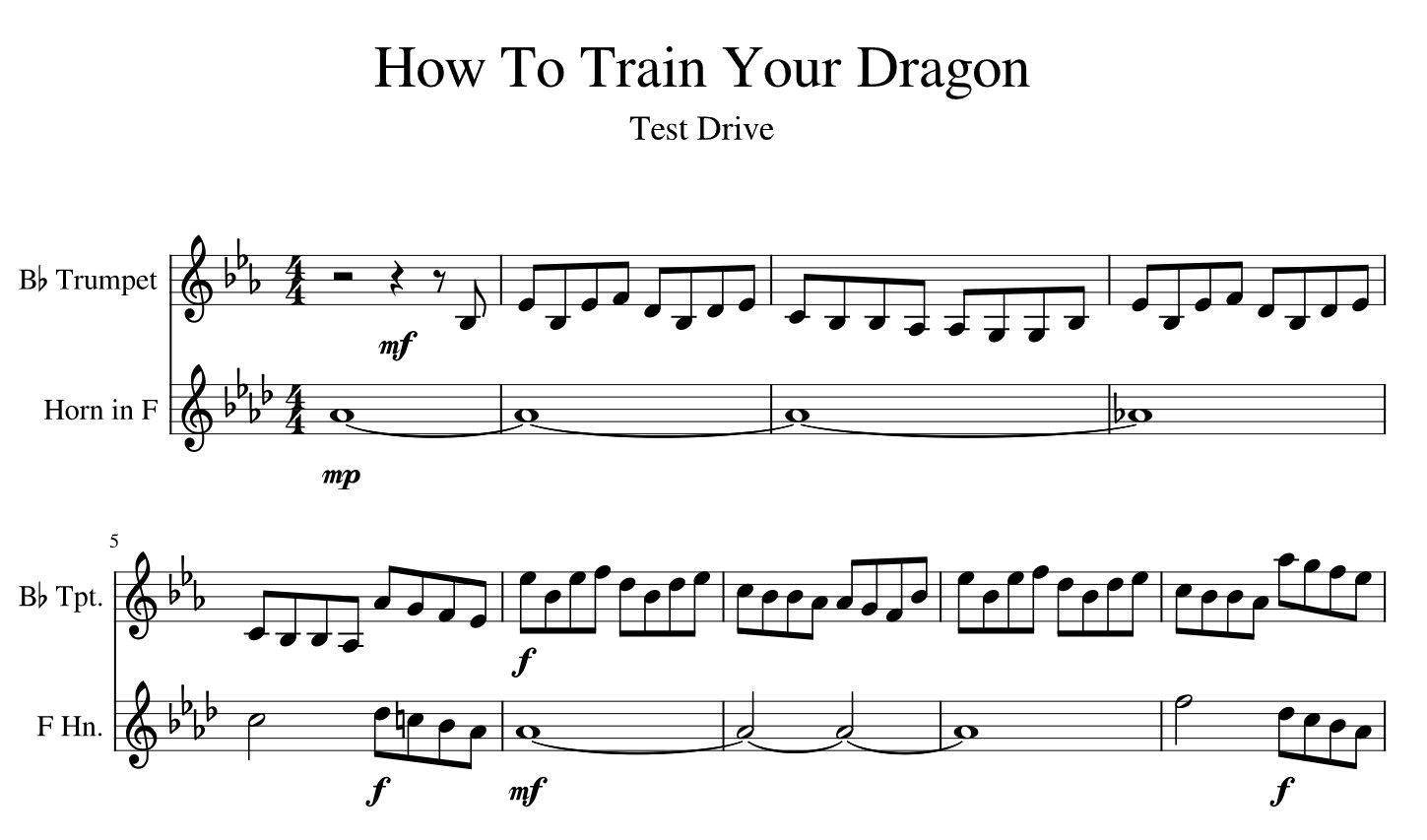Home>Instruments>Piano>How To Transpose Piano To Trumpet


Piano
How To Transpose Piano To Trumpet
Published: February 10, 2024
Learn how to transpose piano music to trumpet with our step-by-step guide. Discover helpful tips and techniques for seamless transitions. Unlock the secrets to mastering piano-to-trumpet transposition today!
(Many of the links in this article redirect to a specific reviewed product. Your purchase of these products through affiliate links helps to generate commission for AudioLover.com, at no extra cost. Learn more)
Table of Contents
Introduction
Playing the piano and the trumpet are both enriching musical pursuits, each with its own unique challenges and rewards. While the piano is a versatile and polyphonic instrument capable of playing multiple notes simultaneously, the trumpet is a powerful and expressive brass instrument known for its bright and resonant sound. Transposing music from piano to trumpet involves converting the notes and chords to suit the range and capabilities of the trumpet, ensuring a seamless and harmonious transition between the two instruments.
In this comprehensive guide, we will delve into the intricacies of transposing piano music to the trumpet, exploring the techniques and considerations essential for a successful adaptation. Whether you are a pianist seeking to arrange your compositions for a brass ensemble or a trumpet player looking to interpret piano pieces, this article will equip you with the knowledge and skills to navigate this musical transformation with confidence and artistry.
Transposing piano music to the trumpet requires a deep understanding of both instruments' characteristics and capabilities. It involves more than simply shifting the notes up or down; it necessitates a thoughtful and nuanced approach to preserve the essence and integrity of the original composition while harnessing the unique qualities of the trumpet. Throughout this guide, we will unravel the differences between the two instruments, explore effective transposition techniques, and provide valuable tips for adapting piano music to suit the trumpet's distinct tonal and technical requirements.
Whether you are a seasoned musician or a budding enthusiast, embarking on the journey of transposing piano to trumpet opens up a world of creative possibilities. By mastering this skill, you can breathe new life into existing musical pieces, expand your repertoire, and unleash the full potential of both the piano and the trumpet. Join us as we embark on this musical odyssey, where the harmonious convergence of piano and trumpet awaits.
Understanding the Differences Between Piano and Trumpet
Before delving into the art of transposing piano music to the trumpet, it is crucial to grasp the fundamental disparities between these two instruments. The piano, with its extensive range and ability to play multiple notes simultaneously, offers a harmonically rich and versatile platform for musical expression. In contrast, the trumpet, a member of the brass family, is renowned for its piercing and resonant sound, capable of soaring above ensembles with its distinct timbre and expressive capabilities.
One of the primary distinctions between the piano and trumpet lies in their mechanisms of sound production. The piano generates sound through hammers striking strings, allowing for dynamic control over volume and expression. On the other hand, the trumpet produces sound by the vibration of the player’s lips, with the valves and embouchure shaping the pitch and timbre. This fundamental contrast in sound production imparts unique characteristics to each instrument, influencing the way music is composed and performed.
Furthermore, the range and tessitura of the two instruments differ significantly. The piano spans a wide spectrum, encompassing the low, mid, and high registers, and can accommodate complex harmonies and intricate melodic lines simultaneously. In contrast, the trumpet possesses a more limited range, excelling in its upper register and projecting with exceptional clarity and brilliance in its higher notes. Understanding these range disparities is paramount when transposing piano music to ensure that the adapted composition remains idiomatic and compelling for the trumpet.
Additionally, the technical capabilities and limitations of the piano and trumpet necessitate careful consideration during the transposition process. The piano’s capacity for polyphony and sustained notes contrasts with the trumpet’s prowess in executing agile melodic passages, embellishments, and dynamic articulations. Adapting piano music to the trumpet entails judiciously reinterpreting the original phrasing, articulations, and textures to align with the trumpet’s technical demands, thereby harnessing the instrument’s strengths while honoring the composer’s intent.
By comprehending these inherent disparities between the piano and trumpet, musicians embarking on the journey of transposition can navigate the intricacies of adapting music with insight and artistry. This foundational understanding sets the stage for a seamless and evocative transformation of piano compositions into captivating trumpet renditions, unlocking a realm of creative possibilities and musical innovation.
Techniques for Transposing Piano Music to Trumpet
Transposing piano music to the trumpet demands a nuanced approach that encompasses both theoretical knowledge and practical application. Whether transposing a solo piano piece or an orchestral arrangement, employing effective techniques is essential to ensure a seamless and musically compelling adaptation. Here, we explore a range of techniques tailored to facilitate the transposition process while preserving the integrity and expressive essence of the original composition.
- Understanding Transposition: Transposing piano music to the trumpet involves shifting the original notes to a new key that suits the trumpet’s range. This necessitates a comprehensive understanding of key signatures, intervals, and the transposing instruments’ respective ranges to execute the transposition accurately.
- Identifying the Target Key: Selecting the appropriate key for the trumpet is pivotal in maintaining the musicality and playability of the transposed composition. Consider the trumpet’s range and tonal characteristics when determining the optimal key, ensuring that the adapted music aligns with the instrument’s expressive capabilities.
- Adapting Chords and Harmonies: When transposing piano chords to the trumpet, it is essential to consider the instrument’s limited capacity for playing multiple notes simultaneously. Revoicing chords and simplifying harmonic textures can enhance the clarity and resonance of the adapted composition, optimizing it for trumpet performance.
- Adjusting Range and Tessitura: Recognizing the trumpet’s narrower range compared to the piano, transposing music entails adjusting the pitch and octave placement to accommodate the instrument’s tessitura. This involves judiciously repositioning notes and melodies to ensure idiomatic and comfortable playability on the trumpet.
- Embracing Transcription Techniques: Employing transcription methods such as octave displacement, interval modifications, and register adjustments facilitates a seamless transposition process. Leveraging these techniques enables the adaptation of intricate piano passages into compelling and idiomatic trumpet renditions.
- Considerations for Articulation and Phrasing: Adapting piano music to the trumpet necessitates reimagining articulations, dynamic markings, and phrasing to align with the trumpet’s expressive capabilities. Tailoring these elements to suit the trumpet’s technical nuances and tonal qualities enhances the authenticity and emotive impact of the transposed composition.
By assimilating these techniques and principles into the transposition process, musicians can navigate the intricacies of adapting piano music to the trumpet with precision and artistry. This comprehensive approach empowers musicians to preserve the essence of the original composition while harnessing the unique tonal and technical attributes of the trumpet, culminating in a seamless and captivating musical transformation.
Tips for Adapting Piano Music to Suit the Trumpet
Adapting piano music to suit the trumpet entails a thoughtful and meticulous process that goes beyond mere transposition. To ensure a seamless and musically compelling transformation, incorporating practical tips and considerations is paramount. Here, we present a collection of valuable tips tailored to facilitate the adaptation of piano music to suit the trumpet, empowering musicians to navigate this creative endeavor with finesse and ingenuity.
- Embrace the Trumpet’s Tonal Characteristics: Familiarize yourself with the unique tonal qualities of the trumpet, including its brilliance, agility, and expressive potential. Adapting piano music to the trumpet involves leveraging these characteristics to imbue the transposed composition with a distinct and evocative sonic identity.
- Strive for Idiomatic Writing: Tailor the adapted music to resonate with the trumpet’s idiomatic capabilities. Emphasize melodic lines and phrases that align with the trumpet’s strengths, such as its ability to soar in the upper register and execute agile passages with clarity and precision.
- Optimize for Playability: Consider the technical demands of trumpet performance when adapting piano music. Ensure that the transposed composition remains playable and ergonomic for trumpet players, accounting for breathing patterns, articulations, and ergonomic considerations to enhance the musicality and accessibility of the adapted music.
- Explore Artistic Interpretation: Infuse the adapted composition with artistic nuance and interpretation, embracing the expressive potential of the trumpet. Experiment with dynamic phrasing, articulations, and embellishments to breathe life into the transposed music, allowing for emotive and compelling performances.
- Balance Clarity and Complexity: Strive for a balanced approach to adapting piano music, maintaining clarity and resonance while incorporating nuanced harmonies and textures. Simplify complex chord voicings and harmonies to enhance the transparency and brilliance of the adapted composition, optimizing it for the trumpet’s expressive capabilities.
- Collaborate with Trumpet Players: Engage in collaborative dialogue with experienced trumpet players to gain insights into the instrument’s nuances and performance considerations. Leveraging their expertise can provide invaluable perspectives on adapting piano music to suit the trumpet, enriching the transposition process with practical wisdom and artistic refinement.
By integrating these tips into the process of adapting piano music to suit the trumpet, musicians can navigate the intricacies of transposition with creativity and precision. This holistic approach empowers composers, arrangers, and performers to craft transposed compositions that resonate authentically with the trumpet’s expressive potential, fostering captivating and evocative musical experiences.
Conclusion
In the realm of music, the art of transposing piano compositions to suit the trumpet represents a harmonious fusion of creativity, technical acumen, and artistic interpretation. Through this comprehensive exploration, we have embarked on a transformative journey, unraveling the intricacies of transposition while celebrating the distinct qualities of both the piano and the trumpet. As we conclude this musical odyssey, it is evident that the process of adapting piano music to the trumpet is a multifaceted endeavor that demands a deep understanding of both instruments and a profound appreciation for their unique capabilities.
Transposing piano music to the trumpet transcends the mere act of shifting notes; it embodies a profound reinterpretation that honors the essence of the original composition while harnessing the expressive potential of the trumpet. By embracing a range of transposition techniques and practical tips, musicians can navigate this creative transformation with finesse, preserving the integrity and musicality of the adapted compositions.
Furthermore, the journey of transposing piano music to the trumpet invites collaboration, innovation, and artistic exploration. It fosters a dynamic exchange between composers, arrangers, and performers, inviting them to reimagine and reinvent musical works with ingenuity and sensitivity to the trumpet’s tonal and technical nuances.
As we partake in this musical metamorphosis, it becomes evident that the convergence of piano and trumpet engenders a tapestry of creative possibilities, enriching the musical landscape with vibrant and evocative renditions. Whether transposing beloved classics, arranging original compositions, or interpreting diverse musical genres, the art of transposition embodies a symphony of adaptability, artistry, and reverence for musical expression.
In essence, the process of adapting piano music to suit the trumpet transcends technicalities; it embodies a profound dialogue between instruments, a celebration of musical diversity, and a testament to the enduring spirit of artistic innovation. As musicians embark on this transformative journey, they embark on a quest to harmonize the distinct voices of the piano and trumpet, weaving a tapestry of musical enchantment that resonates with audiences and performers alike.
With each transposed composition, a new chapter unfolds in the symphony of musical evolution, where the convergence of piano and trumpet yields a melodic narrative that transcends boundaries and captivates the soul. This harmonious interplay between instruments embodies the timeless allure of musical expression, inviting musicians to embark on an ever-unfolding journey of creativity, adaptation, and artistic revelation.

